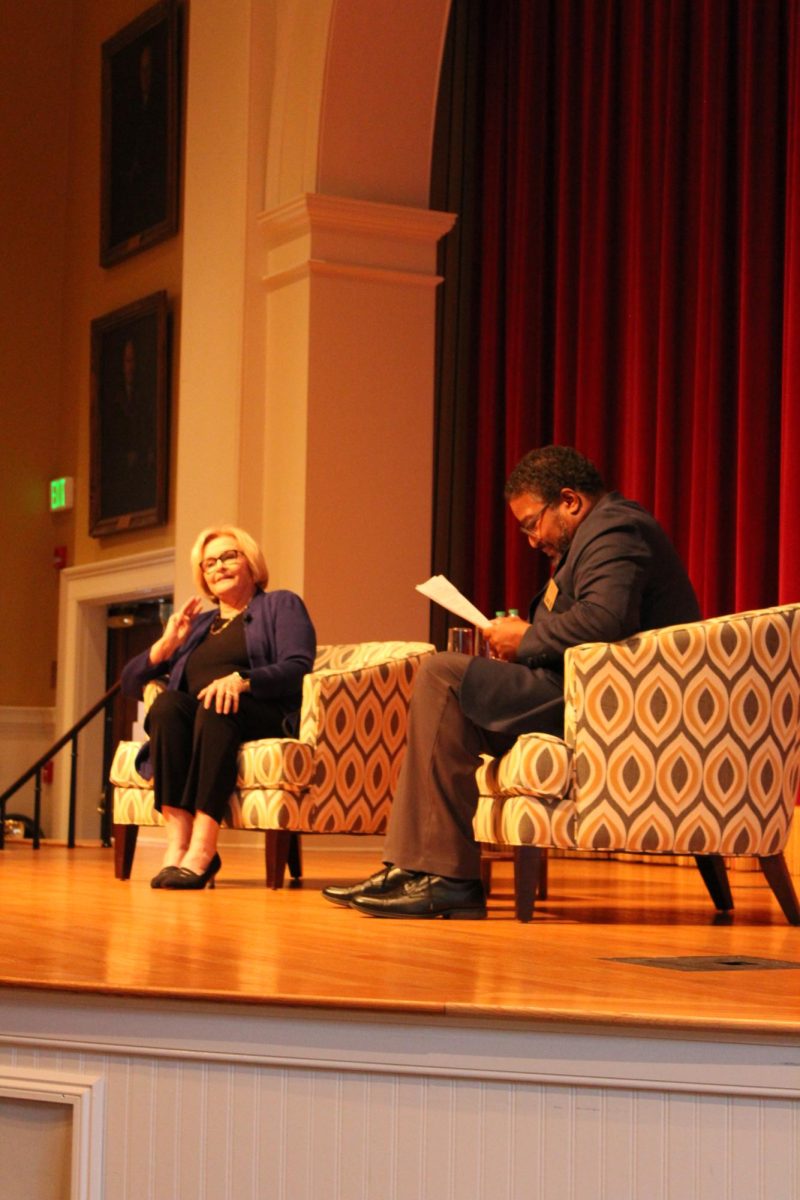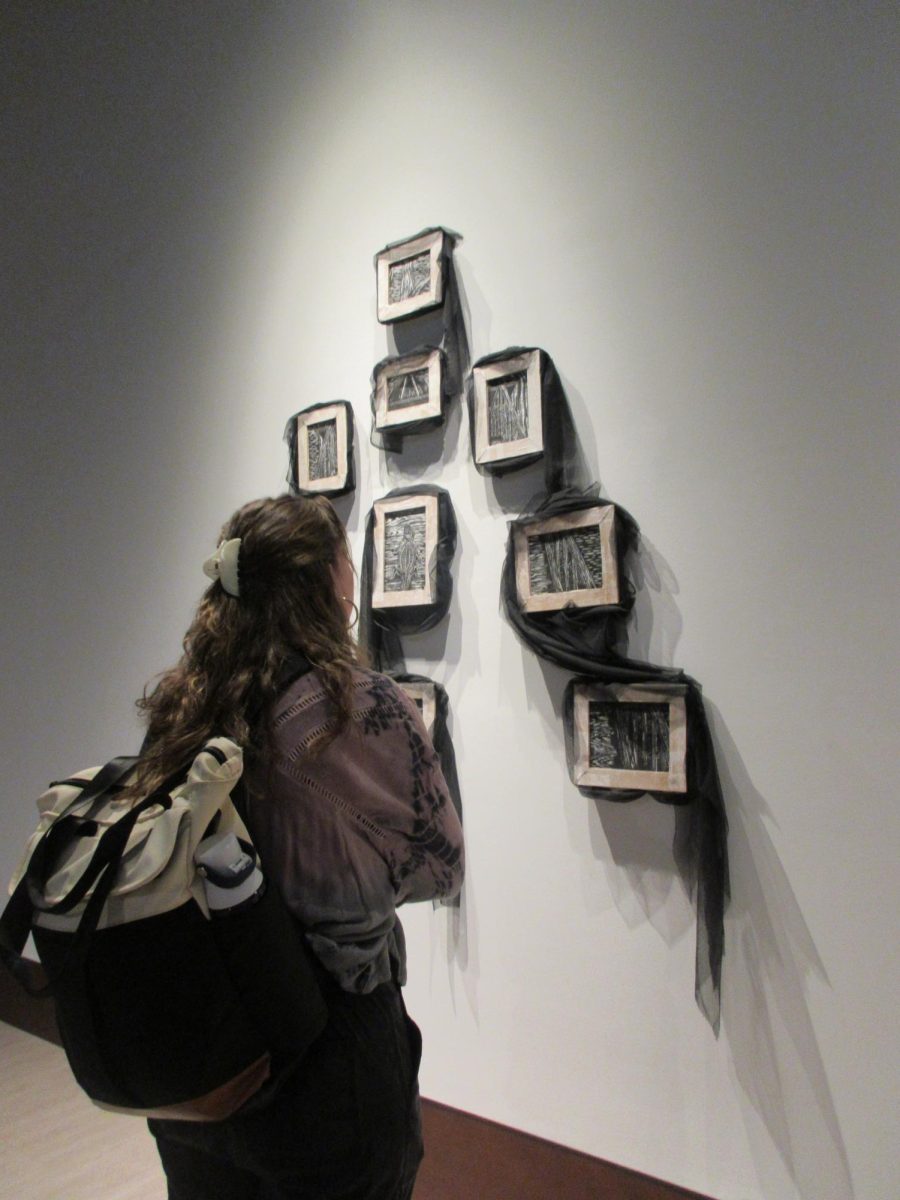By: Lydia Estes, staff writer
Now more than ever, widespread interest and participation in local politics is crucial. With changes in the political system, it’s possible personal efficacy and individual impact will be on the rise.
At the end of January, Pennsylvania lawmakers made a historical decision to redistrict the state. The new map was approved in the middle of February. With Pittsburgh and Philadelphia flanking the east and west borders, the rest of rural Pennsylvania has been notoriously at the mercy of the politicians who gerrymandered the population in the most creative of ways. A joke amongst political scientists and Pa. residents, the old District 7 once resembled a moose and its antlers.
Harrisburg, the capital most people from the state try not to talk about, was traditionally split in half to dilute the Democratic vote. The urban, progressive Pennsylvanians who live in Harrisburg once shared a district representative with the iconic—though certainly not electronic—Amish. Gerrymandering, to review an AP Government term, is the extreme manipulation of a district border that includes or excludes certain constituents in order to favor a certain political party, and in the case of the 2016 presidential election, it made a real impact on the results.
Since the northern colonies developed their local governments through counties (the south logically developed around large plantation areas and thus counties are less meaningful to southerners), counties reflect a certain degree of a constituent’s identity; the Philadelphia county of Pennsylvania voted 82.3 percent in favor of Hillary Clinton in 2016. At the time, however, the county was still divided among 6 representative districts—including the old District 1, which fancifully traced the curves of the Delaware River, yet ever-so-brilliantly dodged pockets of Philadelphia.
Gerrymandering is certainly less palatable than Hershey’s chocolate and cheesesteaks.
The new maps are as close to bipartisanship as Pennsylvania has ever been. The divided cities of Pittsburgh, Harrisburg, and Philadelphia have been pieced back together into more regular-shaped polygons. The redrawing of districts threatens the seats of several incumbent Republican representatives, too. The issue of redistricting will likely be brought to the federal court. All of this, just in time for the midterm elections to take place this November. Pennsylvania elections may not affect South Carolina college students, but the midterm elections (and national election) certainly do, and the change in gerrymandering policy in Pennsylvania may find its way south of the Mason-Dixon line soon enough.























